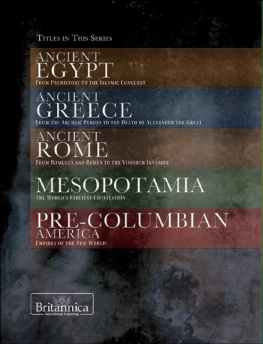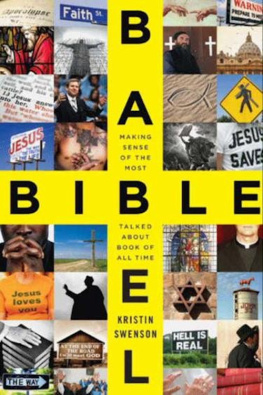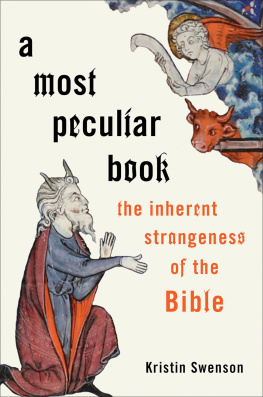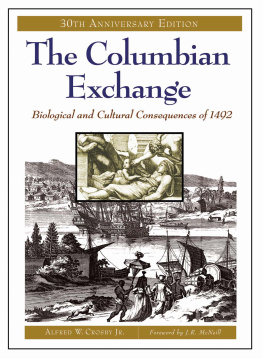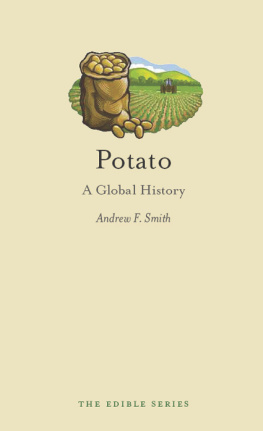Constructions of Time and History
in the Pre-Columbian Andes
Constructions of Time and History
in the Pre-Columbian Andes
Edited by Edward Swenson and Andrew P. Roddick
UNIVERSITY PRESS OF COLORADO
Boulder
2018 by University Press of Colorado
Published by University Press of Colorado
245 Century Circle, Suite 202
Louisville, Colorado 80027
All rights reserved
Printed in the United States of America

The University Press of Colorado is a proud member of the Association of University Presses.
The University Press of Colorado is a cooperative publishing enterprise supported, in part, by Adams State University, Colorado State University, Fort Lewis College, Metropolitan State University of Denver, Regis University, University of Colorado, University of Northern Colorado, Utah State University, and Western State Colorado University.
This paper meets the requirements of the ANSI/NISO Z39.48-1992 (Permanence of Paper).
ISBN: 978-1-60732-641-0 (cloth)
ISBN: 978-1-60732-642-7 (ebook)
DOI: https://doi.org/10.5876/9781607326427
Library of Congress Cataloging-in-Publication Data
Names: Swenson, Edward, editor. | Roddick, Andrew P., editor.
Title: Constructions of time and history in the pre-Columbian Andes / edited by Edward Swenson and Andrew Roddick.
Description: Boulder : University Press of Colorado, [2017] | Includes bibliographical references and index.
Identifiers: LCCN 2017030888| ISBN 9781607326410 (cloth) | ISBN 9781607326427 (ebook)
Subjects: LCSH: Indians of South AmericaAndes RegionAntiquities. | TimeSocial aspectsAndes RegionHistory. | MemorySocial aspectsAndes RegionHistory. | Archaeology and historyAndes Region.
Classification: LCC F2229 .C664 2017 | DDC 980/.01dc23
LC record available at https://lccn.loc.gov/2017030888
Cover illustration: El sistema de seques del Cusco 2005 by Miguel Aroz Cartagena
Contents
Edward Swenson and Andrew P. Roddick
Matthew Sayre
Andrew P. Roddick
Darryl Wilkinson and Terence DAltroy
Zachary J. Chase
Edward Swenson
Giles Spence Morrow
Francisco Seoane and Mara Jos Culquichicn-Venegas
Tamara L. Bray
Acknowledgments
Archaeologists have long held that they secure a privileged position in explaining long-term historical change. Despite this overarching concern with chronology and process, archaeologists have only recently considered indigenous temporalities and modes of historical production. This book springs from a Theoretical Archaeological Group symposium (Chicago, 2013) organized to explore how time, the past, and memory were conceptualized by the ancient people of the Americas. In turn we sought to compare indigenous philosophies of time with contemporary archaeological approaches to theorizing and writing history. Entitled Envisioning Time and Imagining Place in pre-Columbian Landscapes, the symposium involved the participation of number of scholars working throughout the Americas. Although this book focuses exclusively on the Andes, the volume benefited from the exchange of ideas and compelling arguments made by conference participants. We thus extend our sincere thanks to Jonah Augustine, Katrina Burch Joosten, John Creese, Nicole Couture, Dave Haskell, Christopher Stawski, Alexi Vranich, and Mary Weismantel. Although they did not originally present papers at the TAG conference, we are also grateful that Zach Chase, Mara Jos Culquichicn-Venegas, Francisco Seoane, and Matt Sayre accepted our invitation to submit chapters to the volume. Furthermore, we express our gratitude to Tamara Bray for agreeing to write the concluding chapter in a short period of time. We also extend our deepest thanks to the acquisitions editor at the University Press of Colorado, Jessica dArbonne, for all her hard work in ensuring this volume would come to print. Despite many delays and setbacks, Jessica was always patient, encouraging, and extremely helpful. Of course, we appreciate all the support of the University Press of Colorado staff. Finally, we thank the anonymous reviewers of the chapters for their insights and criticisms, which helped improve the final product.
Constructions of Time and History
in the Pre-Columbian Andes
ONE
Introduction
Rethinking Temporality and Historicity from the Perspective of Andean Archaeology
Edward Swenson and Andrew P. Roddick
For many Andean archaeologists questions of time are limited to chronological questions, rather than indigenous temporalities or conceptions of time (but see Dillehay 2004 ; Hocquenghem 2008 ; Roddick 2013 ; Weismantel 2004 ). Scholars have interpreted social change, as expressed in shifts in material styles or settlement patterns, as a strictly etic problem, separate from how past communities experienced times passage, understood historical process, or ritually constructed social memory. However, sociopolitical transformation is often directly related to changes in temporal cycles and the ideological regulation of time itself, and the intersection of chronology and temporality demands consideration in Andean archaeology. If the tempo of culturally specific practices leaves distinct material signatures, then the formulation of both relative and absolute chronologies should be sensitive to lived temporal rhythms. In other words, stratigraphic and stylistic analyses should be designed not simply to demarcate chronological phases and social boundaries; they should be geared to exploring how past subjects actively created and managed time itself ( Alcock 2002 ; Bailey 2007 ; Bradley 2002 ; Gosden 1994 ; Lucas 2005 ; Murray 1999 ; Olivier 2004 ).
In this chapter, we outline why archaeologists have become increasingly critical of chronologically based models of historical change. We then briefly review influential theories on temporality and relate these perspectives to interpretations of time, historical consciousness, and memory in the Andes. Ultimately, the chapter evaluates innovative anthropological approaches to the complexity of time and its inextricable relationship to the construction and experience of Andean political landscapes. This discussion includes a critical reappraisal of the horizon chronological schema that has long been employed to both order and explain the culture and political history of the pre-Columbian Andes. The second half of the chapter explores some of the overarching commonalities in Andean historical consciousness and conceptions of time. Finally, we review the contributions of the volume, highlighting the diversity of Andean constructions of history, memory, and temporality.
Archaeologies of Time and History
The Limitations of Chronology
Recently archaeologists have endeavored to uncover subjective experiences of time and period making as a complement to the traditional construction of regional and site-based chronologies (]).
The major problem with stand-alone chronologies is that successive events are plotted in linear sequence with little attention to their duration or the retentions of such actions on later social practices ( Husserl 1966 ). Of course, chronology, as an exemplar of John McTaggarts B series of time, is an indispensable tool for representing the abstraction of times phenomenal passage (McTaggarts so-called A series) (see Gell 1992 ; Gosden 1994 ); however, when employed as historical explanation, it inevitably effaces the culturally specific experience and sensual flux of time itself ( Munn 1992 ). In other words, chronology must be expanded to encompass different modalities and durations of time if archaeologists wish to reconstruct both unique histories and temporalities ( Bailey 2007 ; Lucas 2005 ). In a similar light, anthropologists increasingly recognize that objects and landscapes (and archaeological remains in general) defy the successive event-based timescales of conventional historiography. The physical persistence of the past in the present and the efficacy of buildings and accumulated artifacts to direct future action reveal that archaeological time is dynamic and pluritemporal, one of diverse retentions, protentions, and discontinuities ( Swenson 2017 ; see also Dawdy 2010 ; Gonzlez-Ruibal 2014 ; Gosden 1994 ; Olivier 2011 ).


 The University Press of Colorado is a proud member of the Association of University Presses.
The University Press of Colorado is a proud member of the Association of University Presses.
